#Freer Gallery of Art
Text

A mad dog bites a man. Miniature (gouache, ink, and gold on paper) from an Arabic translation of Dioscorides' Materia Medica, with calligraphy by Abdallah ibn al-Fadl; written in 1224. Now in the Freer Gallery of Art, Washington, D.C.
#art#art history#illuminated manuscript#manuscript illumination#miniature#illustration#Dioscorides#Materia Medica#Middle Ages#medieval#medieval art#Arabic art#Islamic art#calligraphy#Abdallah ibn al-Fadl#gouache#ink and gold on paper#13th century art#Freer Gallery of Art
247 notes
·
View notes
Text
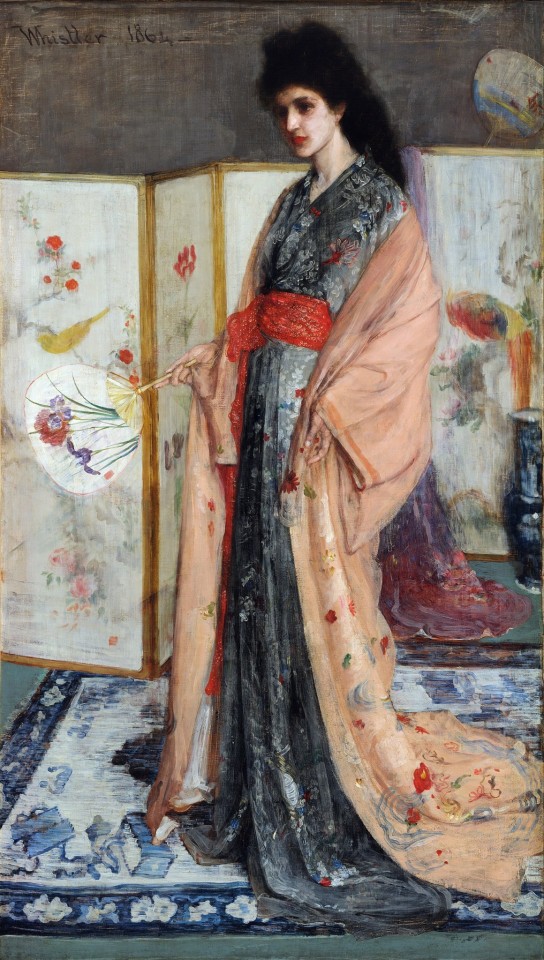
James McNeill Whistler (American/British, 1834-1903) • The Princess from the Land of Porcelain • 1863–1865 • Freer Gallery of Art - Washington D.C.
#james abbott mcneill whistler#tonalism#aesthecism#art#painting#fine art#art history#british art#19thcenturyart#british artist#american painter#modern art#freer gallery of art#paintings of women#kimono
28 notes
·
View notes
Text
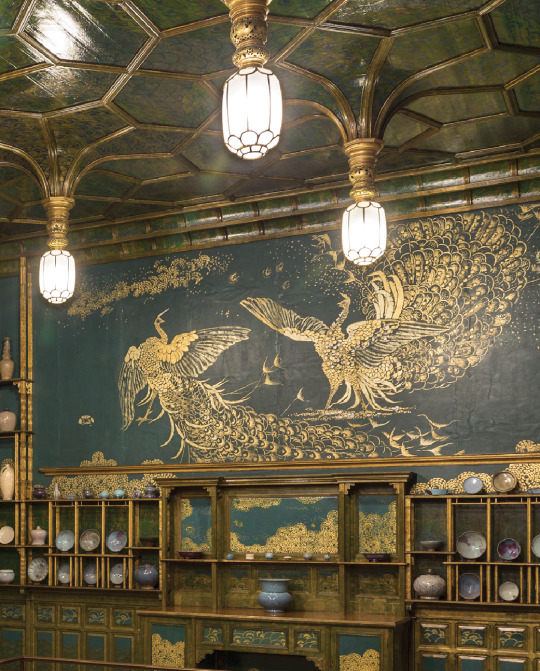


The Peacock Room
At the Freer Gallery of Art, Smithsonian Institution
By Robert Haywood
4 notes
·
View notes
Photo
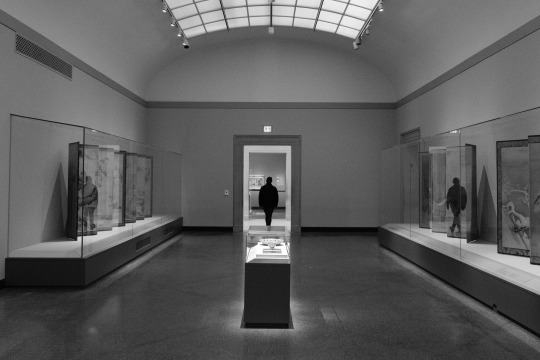
Two Reflections
#black and white#dc#national museum of asian art#freer gallery of art#washington#december#around dc#my work#photography
4 notes
·
View notes
Video
youtube
Mind Over Matter: Zen in Medieval Japan - Highlights, June 17, 2022
On view through July 24, 2022
https://asia.si.edu/exhibition/mind-over-matter-zen-in-medieval-japan/
This exhibition showcases the breadth of the museum’s medieval Zen collections, highlighting rare and striking works from Japan and China to illustrate the visual, spiritual, and philosophical power of Zen. Rooted in the culture of medieval Japan, the lessons of Zen have become an important part of contemporary American life, as applicable today as they were in premodern times.
Monastic Zen painting in medieval Japan (ca. 1200–1600) is one of the great artistic traditions of East Asia and of the world. The abbreviated, seemingly impromptu paintings in monochrome ink have influenced artists and enthusiasts for centuries. Many of the most accomplished artists of this era—Mokuan, Ryōzen, Shūbun, Sesshū, Sesson, and many others—were Zen monks credited by later generations as the creators of a unique and remarkable legacy of ink painting. Indeed, Zen monk-painters inspired a number of the most important professional painting lineages of Japan’s early modern period (ca. 1600–1868) and formed a thematic backbone of Japanese art and cultural identity in modern times.
The Freer Gallery of Art has one of the greatest collections representing this tradition anywhere in the world, and its full scope will be shown for the first time since the museum’s founding a century ago.
To learn more about some of the key aspects of Zen, an online interactive experience Voices of Zen: Contemporary Voices will accompany the exhibition. High school students from Washington, DC, award-winning koto musician Yumi Kurosawa, Zen priest Reverend Inryū Bobbi Poncé-Barger, and curator Frank Feltens offer their modern-day perspectives on three important medieval Japanese works.
The interactive features three artworks from the exhibition—a splashed-ink landscape by the sixteenth-century artist Sōen, dynamic calligraphy by the rebellious monk Ikkyū, and an early sixteenth-century tea bowl fixed using kintsugi repair.
National Museum of Asian Art, Smithsonian
#National Museum of Asian Art#Smithsonian#zen#Japanese#cultural amalgam#religion#Buddhism#art#art history#literati#Freer Gallery of Art#exhibition#Mind Over Matter Zen in Medieval Japan#modernism#Edo period#Kamakura period#Muromachi period#Azuchi Momoyama period
2 notes
·
View notes
Text
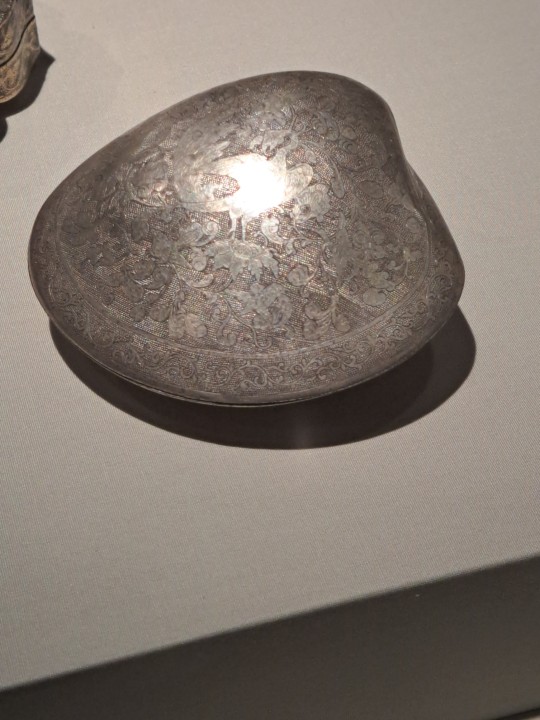
BEHOLD. the world's oldest clamshell compact.
128 notes
·
View notes
Text

THEE Princess from the Land of Porcelain, from a road trip to Washington DC I just got back from.
#she and the rest of the peacock room are in the freer gallery at the smithsonian!#art#j.a.m. whistler#james abbott mcneill whistler#japonisme#orientalism#personal#travel
7 notes
·
View notes
Text

James McNeill Whistler.
12 notes
·
View notes
Text

April 30, 2023
A Virgin, Abbott Henderson Thayer
The National Museum of Asian Art, Washington, DC
#photography#painting#Abbott Henderson thayer#National museum of Asian art#Smithsonian#smithsonian museum of asian art#freer Gallery#washington dc#district of columbia#dc
9 notes
·
View notes
Text

The Princess from the Land of Porcelain, James McNeill Whistler, 1863-65
#art#art history#James McNeill Whistler#portrait#portrait painting#Tonalism#American art#Anglo-American art#19th century art#Freer Gallery of Art
242 notes
·
View notes
Text
How to Find Wholeness in the Cracks of a 16th-Century Tea Bowl | At the Smithsonian
How to Find Wholeness in the Cracks of a 16th-Century Tea Bowl | At the Smithsonian
Antonia Mufarech
Reporter
Traces of the potter’s hand can be seen at the uncoated bottom of a kintsugi tea bowl. A few light blotches on its surface stain its dark, rustic-looking tortoise-shell glaze.
“The cup’s natural colors speak of the spaces where Zen Buddhists practiced,” says Reverend Inryū Bobbi Poncé-Barger, a priest for the All Beings Zen Sangha in Washington, D.C. “In those days, the…
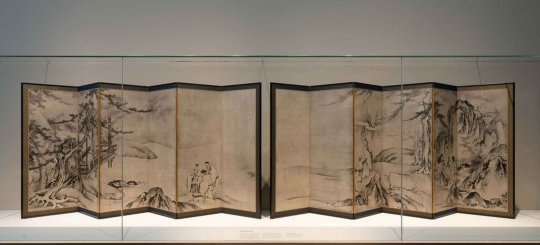
View On WordPress
0 notes
Photo

Unknown, Initiation card (tsakali) Western Tibet, 15th century Opaque watercolor on paper. Private collection LTS2015.2.60. Smithsonian’s Freer Gallery of Art
2K notes
·
View notes
Photo
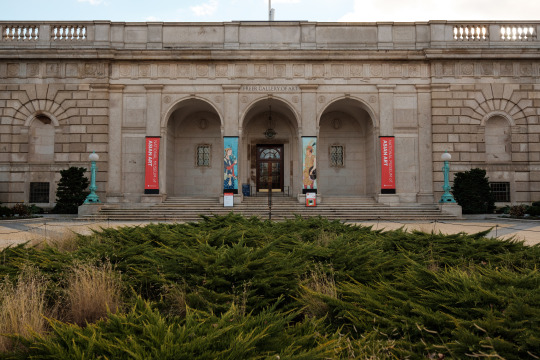
Freer Gallery of Art
#national museum of asian art#freer gallery of art#dc#national mall#architecture#washington#december#around dc#my work#photography
3 notes
·
View notes
Text
[Hanfu · 漢服]Chinese Late Warring States period(475–221 BC) Traditional Clothing Hanfu Based On Based On Chu (state)Historical Artifacts

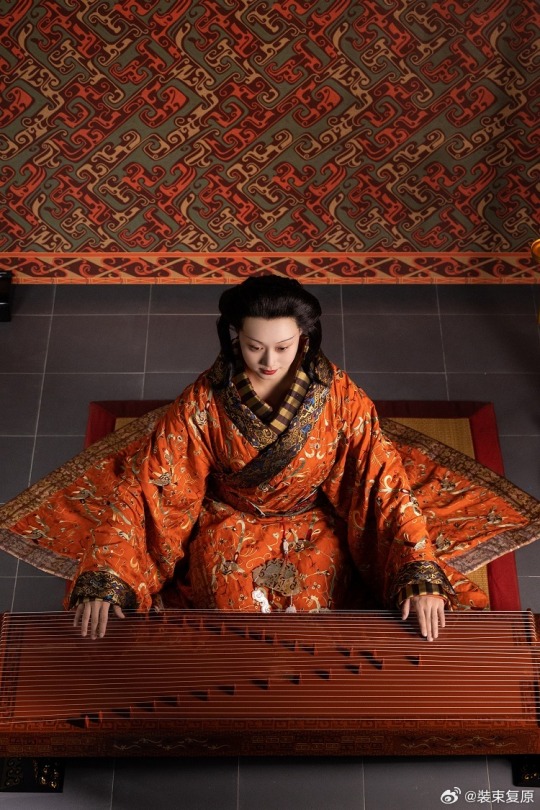
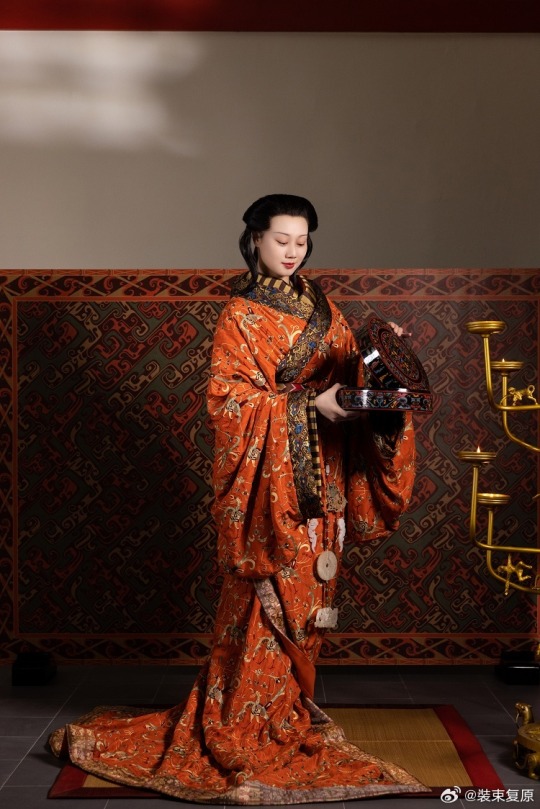
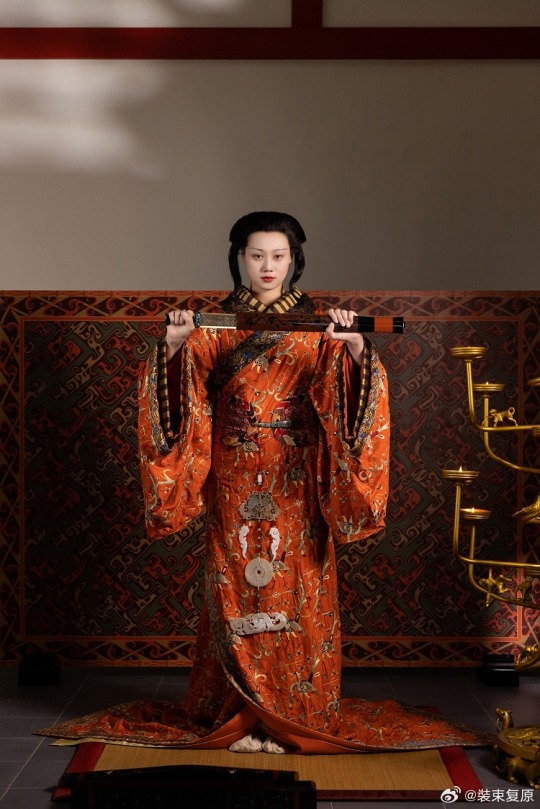
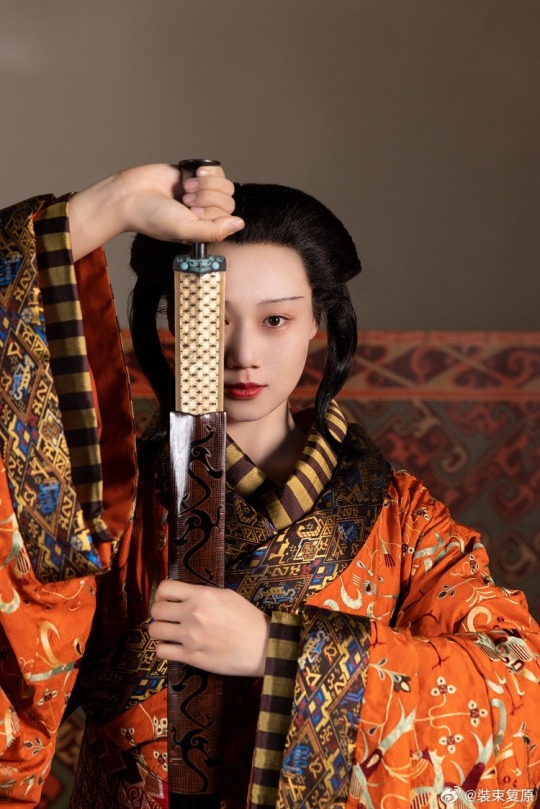
【Historical Artifact Reference】:
Late Warring States period(475–221 BC):Two conjoined jade dancers unearthed from Jincun, Luoyang,collected by Freer Museum of Art
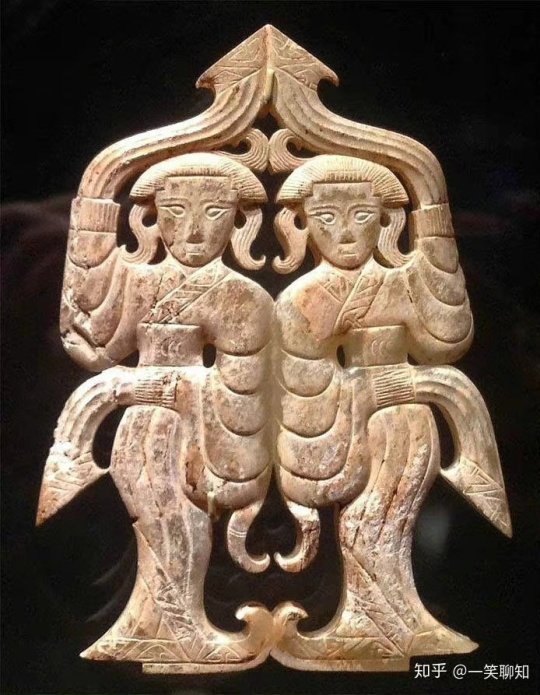
A similar jade dancer was also unearthed from the tomb of Haihunhou, the richest royal family member in the Han Dynasty, and was one of his treasures.

Warring States period, Eastern Zhou dynasty, 475-221 BCE,jade dancer by Freer Gallery of Art Collection.

Warring States period(475–221 BC)·Silver Head Figurine Bronze Lamp.Unearthed from the Wangcuo Tomb in Zhongshan state during the Warring States Period and collected by the Hebei Provincial Institute of Cultural Relics and Archaeology

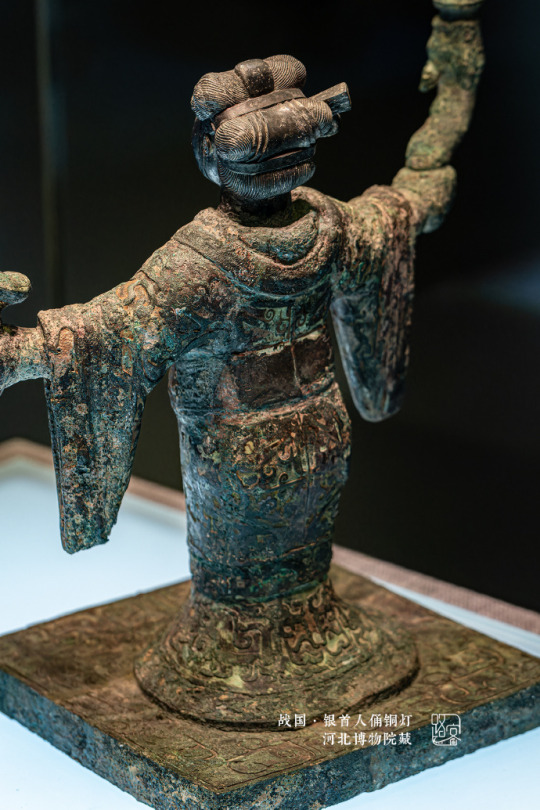
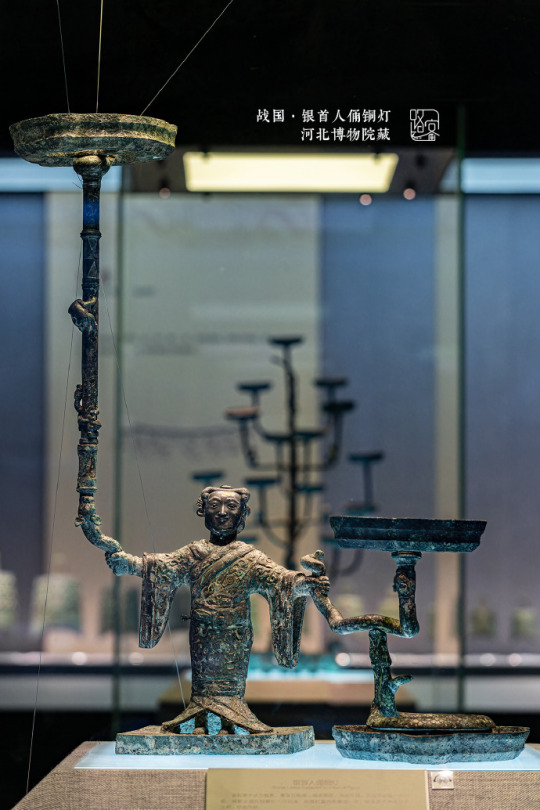
The figurine of a man dressed as a woman holds a snake in his hand, and 3 snakes correspond to 3 lamps.
Sword of Goujian/越王勾践剑:
The Sword of Goujian (Chinese: 越王勾践剑; pinyin: Yuèwáng Gōujiàn jiàn) is a tin bronze sword, renowned for its unusual sharpness, intricate design and resistance to tarnish rarely seen in artifacts of similar age. The sword is generally attributed to Goujian, one of the last kings of Yue during the Spring and Autumn period.
In 1965, the sword was found in an ancient tomb in Hubei. It is currently in the possession of the Hubei Provincial Museum.

【Histoty Note】Late Warring States Period·Noble Women Fashion
The attire of noblewomen in the late Warring States period, as reconstructed in this collection, is based on a comprehensive examination of garments and textiles unearthed from the Chu Tomb No. 1 at Mashan, Jiangling, as well as other artifacts from the same period.
During the late Warring States period, both noble men and women favored wearing robes that were connected from top to bottom. These garments were predominantly made of gauze, silk, brocade, and satin, with silk edging. From the Chu Tomb No. 1 at Mashan, there were discoveries of robes entirely embroidered or embroidered fragments. The embroidery technique employed was known as "locked stitches," which gave the patterns a three-dimensional, lively appearance, rich in decoration.
The two reconstructed robes in this collection consist of an inner robe made of plain silk with striped silk edging, and an outer robe made of brocade, embroidered with phoenixes and floral patterns, with embroidered satin edging. Following the structural design of clothing found in the Mashan Chu Tomb, rectangular fabric pieces were inserted at the junction of the main body, sleeves, and lower garment of the robe. Additionally, an overlap was made at the front of the main body and the lower garment to enlarge the internal space for better wrapping around the body curves. Furthermore, the waistline of the lower garment was not horizontal but inclined upward at an angle, allowing the lower hem to naturally overlap, forming an "enter" shape, facilitating movement.
The layered edging of the collars and sleeves of both inner and outer robes creates a sense of rhythm, with the two types of brocade patterns complementing each other, resulting in a harmonious effect. Apart from the robes, a wide brocade belt was worn around the waist, fastened with jade buckle hooks, and adorned with jade pendants, presenting an elegant and noble figure.
The reconstructed hairstyle draws inspiration from artifacts such as the jade dancer from the late Warring States period unearthed at the Marquis of Haihun Tomb in Nanchang, and the jade dancer from the Warring States period unearthed at Jin Village in Luoyang. It features a fan-shaped voluminous hairdo on the crown, with curled hair falling on both sides, and braided hair gathered at the back. The Book of Songs, "Xiao Ya: Duren Shi," vividly depicts the flowing curls of noblewomen during that period. Their images of curly-haired figures in long robes were also depicted in jade artifacts and other relics, becoming emblematic artistic representations.
The maturity and richness of clothing art in the late Warring States period were unparalleled in contemporary world civilizations, far beyond imagination. It witnessed the transition of Chinese civilization into the Middle Ages. The creatively styled garments and intricate fabric patterns from the Warring States period carry the unique essence, mysterious imagination, and ultimate romanticism of that era, serving as an endless source of artistic inspiration.
--------
Recreation Work by : @裝束复原
Weibo 🔗:https://weibo.com/1656910125/O6cUMBa1j
--------
#chinese hanfu#Late Warring States Period#Warring States period(475–221 BC)#hanfu#hanfu accessories#chinese traditional clothing#hanfu_challenge#chinese#china#historical#historical fashion#chinese history#china history#漢服#汉服#中華風#裝束复原
106 notes
·
View notes
Text
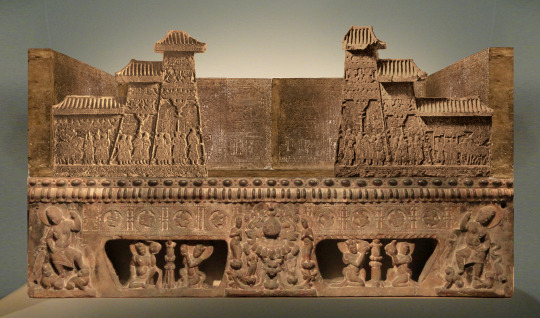


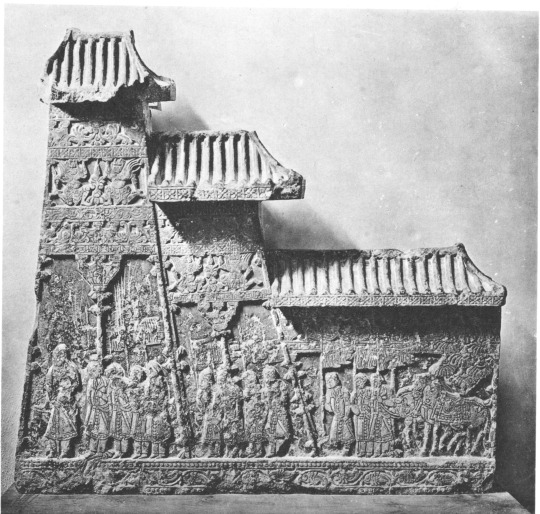







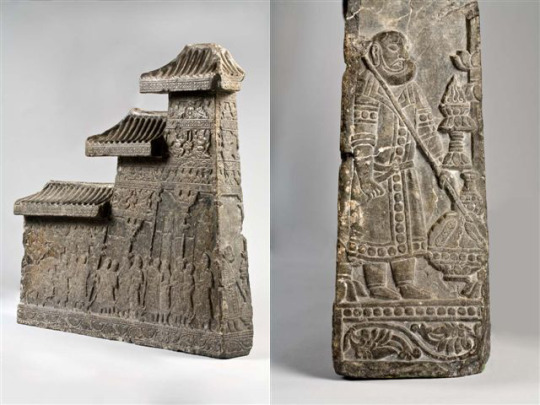
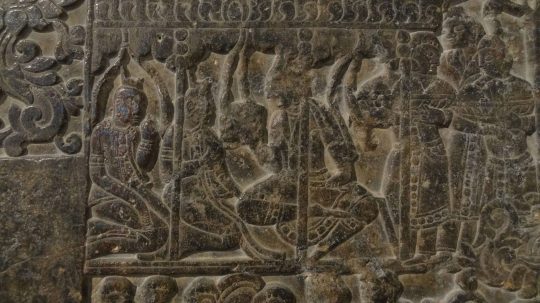

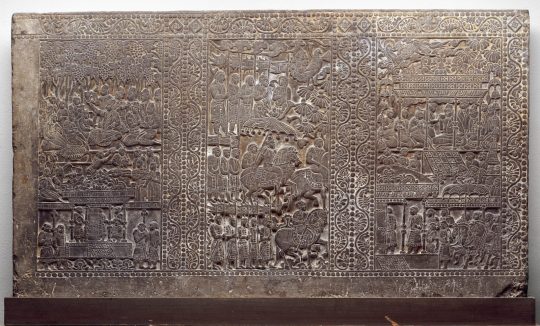

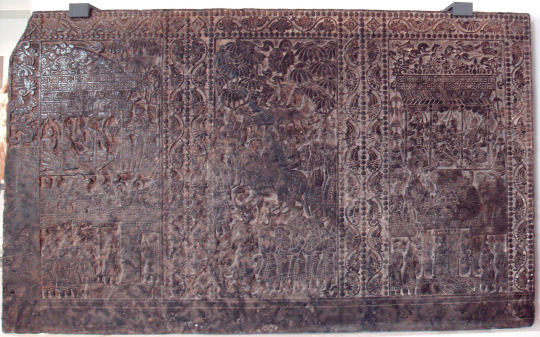


Anyang funerary bed 550-577 CE
"The Anyang funerary bed (Chinese: 安阳北齐石棺), also known locally as the Bed of Ts'ao Ts'ao (from the Chinese hero Cao Cao), is a Chinese funerary couch belonging to a Sogdian merchant and official active in China in the 6th century CE. The tomb was discovered in 1911, and the components of the funerary bed were dispersed among various museums in the world after being offered on the art market. It is thought the funerary bed was excavated in Anyang (ancient Zhangdefu), capital of the Northern Qi dynasty. It is stylically dated to the Northern Qi dynasty (550–577 CE).
There are eight known components of this funerary monument: a dais and two cornices with notched ends, now in the Freer Gallery of Art, a pair of gates, now in the Museum of East Asian Art (Cologne), two rectangular slab in the Boston Museum of Fine Arts, and one slab in the Guimet Museum in Paris.
The funerary bed is important to Sogdian art and culture, as it is decorated with musicians in the typical Sogdian attire and with a Buddhist scene including deities. The ensemble of Sogdian musicians includes two lute players, a flutist, two drummers and a cymbal player, as well as two dancers. Two stretchers once attached to the bed showed what the Chinese called a huxuan wu (胡旋舞), i.e. "Sogdian Whirl dance", which was enormously popular in China, and appears on many Chinese tombs. Tang sources confirm the dance's popularity. It was performed at court by the Tang Chinese emperor Xuanzong and his favorite concubine.
Gustina Scaglia was the first to recognize in 1958 that the pieces scattered in several museums belonged to a single funerary couch made for a member of the Sogdian community in China.
The owner and exact history of the owner of the tomb remain unknown, as the epitaph has been lost.
Sogdian stone funerary beds disappear during the subsequent Tang dynasty period, even though Sogdian influence was probably even more significant in China at that time, possibly due to Imperial restrictions regarding funerary practices."
-taken from Wikipedia
#sogdiana#ancient history#art#antiquities#history#sculpture#statue#museums#archaeology#ancient china#antiquity#anthropology
222 notes
·
View notes
